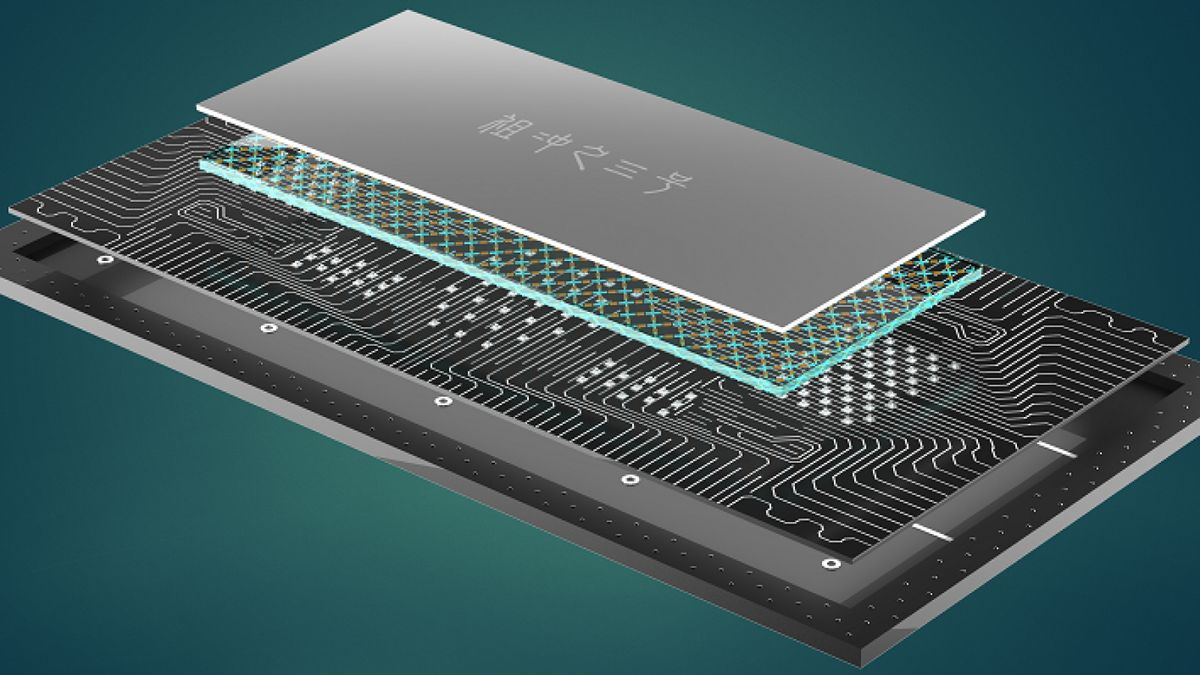USTC researchers created a long-lived Schrödinger-cat state, boosting quantum metrology and precision measurements. Their findings open new possibilities for quantum computing and fundamental physics.
A research team led by Prof. Zhengtian Lu and Researcher Tian Xia from the University of Science and Technology of China (USTC) has successfully created a quantum state with a lifetime on the scale of minutes using optically trapped cold atoms. This breakthrough significantly improves the sensitivity of quantum metrology measurements. Their findings were published in Nature Photonics.
In quantum metrology, particle spin serves as a powerful tool for measuring magnetic fields, inertia, and various physical phenomena. It also has the potential to uncover new physics beyond the Standard Model. A high-spin Schrödinger-cat state, a superposition of two maximally opposed spin states, offers unique advantages for precision spin measurements.



















